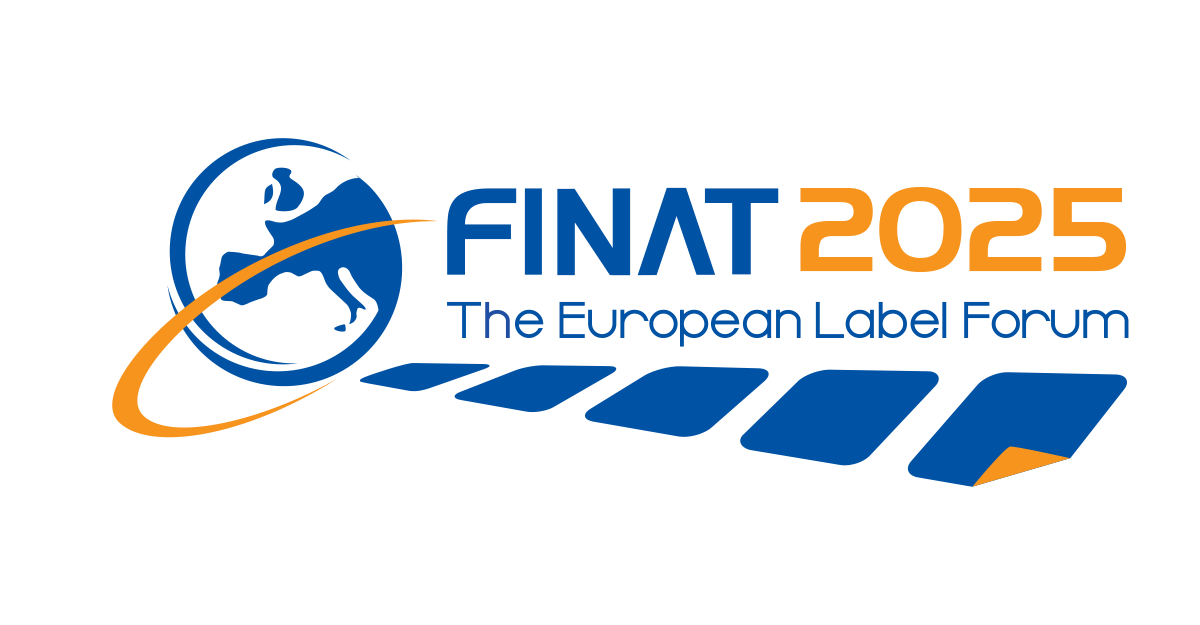As consumers embrace onlife retail – online and offline shopping are fully blended – we will see a shift in how important labels and packaging are. For brands, this means another way to work on their unique-selling-points. Consumers are becoming more aware of the need for change in e-commerce labels and packaging. They’ve started to refuse goods that are packaged twice and are seriously annoyed when small items are shipped in large boxes.
The Dutch e-commerce titan Coolblue is an excellent business case for using labels to boost online love. They have fully integrated its packaging, labels and transport vehicles to build their own brand. Boxes and labels are printed with fun suggestions of what to do with them after you’ve unpacked. While Coolblue sells all kinds of brands, this smart move to build their own brand is sure to persuade consumers to buy the items at Coolblue instead of somewhere else. Of course, price and a commitment to customer care are other pillars for this brand.
In 2017, Shopping Tomorrow – which is part of Thuiswinkel.org, of which I am chair – presented a business case for the harmonized parcel label. This will help improve intercountry cooperation in Europe, make webstores more flexible. Retailers will no longer need to tie themselves to a single logistics service provider. A small step for label makers, or a giant step for onlife retail? I think it is both. Focusing on speed, affordability and market transparency are surefire ways to give the retail value chain a boost.
What can Wijnand Jongen, founder and CEO of the Dutch e-commerce association Thuiswinkel.org and Chairman of the Executive Committee of Ecommerce Europe, teach you about the retail landscape? Find out more and register now for the European Label Forum 2019.
This blog is based on my book ‘The end of online shopping. The future of retail in an always-connected world’, published by Business Contact (Dutch/Flemish editions), Nubiz (English edition for UK and US, and Danish editions), WSCP Singapore (English edition for SE Asia), Post & Telecom Publishers Beijing (Chinese edition), Hoepli (Italian edition). Most recently, the book was published in Korean in December 2018 and it is being translated in German, to be published in Austria and Germany in spring 2019. Additional translations are being prepared for later in 2019.
